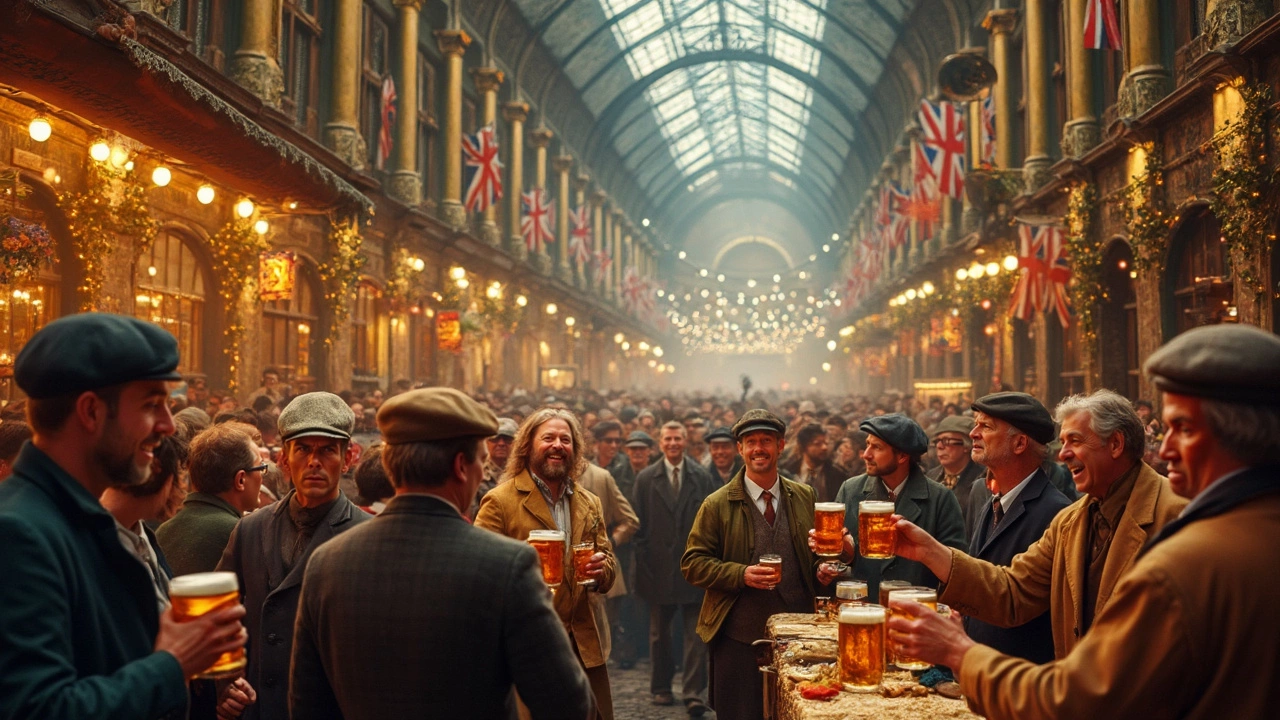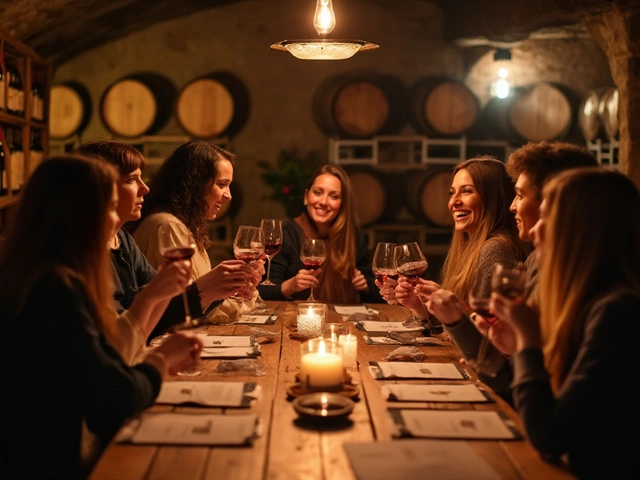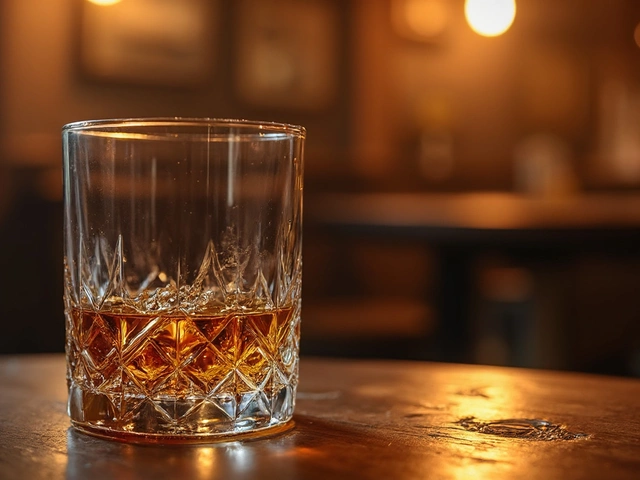American Beer: Your Quick Guide to the Best Brews from the U.S.
American beer is more than just a cold one on a hot day – it’s a mix of history, regional flavors, and endless experimentation. Whether you’re new to the scene or a seasoned sipper, this guide gives you the basics you need to pick, taste, and talk about U.S. brews with confidence.
What Makes American Beer Unique?
In the United States, you’ll find everything from mass‑market lagers to tiny farmhouse ales. The key difference is the freedom brewers have to play with hops, malt, and yeast. That’s why you get bright, citrusy IPAs from the West Coast, dark, malty stouts from the Midwest, and refreshing wheat beers from the East Coast. Think of it as a musical jam session where each region adds its own flavor.
Top American Beer Styles You Should Try
IPA (India Pale Ale) – Hops take the spotlight here. Expect notes of pine, grapefruit, or tropical fruit. A classic example is a West Coast IPA from California, which often pushes the bitterness to the limit.
American Lager – Clean, crisp, and easy to drink. Brands like Budweiser or Coors set the standard, but boutique lagers from local breweries bring subtle grain and hop nuances that the big names miss.
Stout & Porter – Dark, rich, and perfect for cooler evenings. Look for a roasted coffee flavor or a hint of chocolate. Many Midwest breweries excel at this style.
Craft Wheat Beer – Light, slightly hazy, and often brewed with orange peel or coriander. These are great for brunch or a sunny patio.
When you browse the American beer tag, you’ll spot posts like “What Is the Number One Beer in the World?” – that article often mentions top U.S. brands because they dominate global rankings.
Now that you know the basics, here are three practical steps to make the most of your American beer experience.
How to Choose and Enjoy American Beer
1. Pick a style that matches your mood. If you want something refreshing, go for a lager or wheat. Craving bold flavors? Grab an IPA or a stout.
2. Check the label for ABV and IBU. ABV tells you how strong the beer is, while IBU measures bitterness. A higher IBU usually means more hop bite, which can be intense if you’re not used to it.
3. Pair with food. Light beers go well with salads, fish, or chicken. IPAs can stand up to spicy dishes or strong cheeses. Dark stouts pair nicely with chocolate desserts or roasted meats.
Don’t forget to serve the beer at the right temperature: lagers around 38‑40°F, ales a bit warmer at 45‑50°F. This simple tip lets the flavors shine without being muted by cold or over‑heated temperatures.
Finally, explore local breweries whenever you travel. Each state has its own craft scene, and trying a regional specialty can turn a regular beer night into a mini‑adventure. You’ll find that the U.S. beer landscape is as diverse as its landscapes – from the mountain‑inspired brews of Colorado to the coastal sours of Maine.
So grab a glass, pop a cold American beer, and start tasting the stories behind every sip. Cheers to discovering your new favorite brew!
America's craft beer scene has exploded over the years, and beer festivals have become the ultimate playground for beer lovers. Whether you're a seasoned enthusiast or a curious newcomer, these festivals offer a chance to explore a rich variety of flavors and styles. But among all these options, what craft beer stands out as the number one in the country? Get ready to meet the crowd favorite and learn some tips on enjoying your next festival adventure.
View Details

